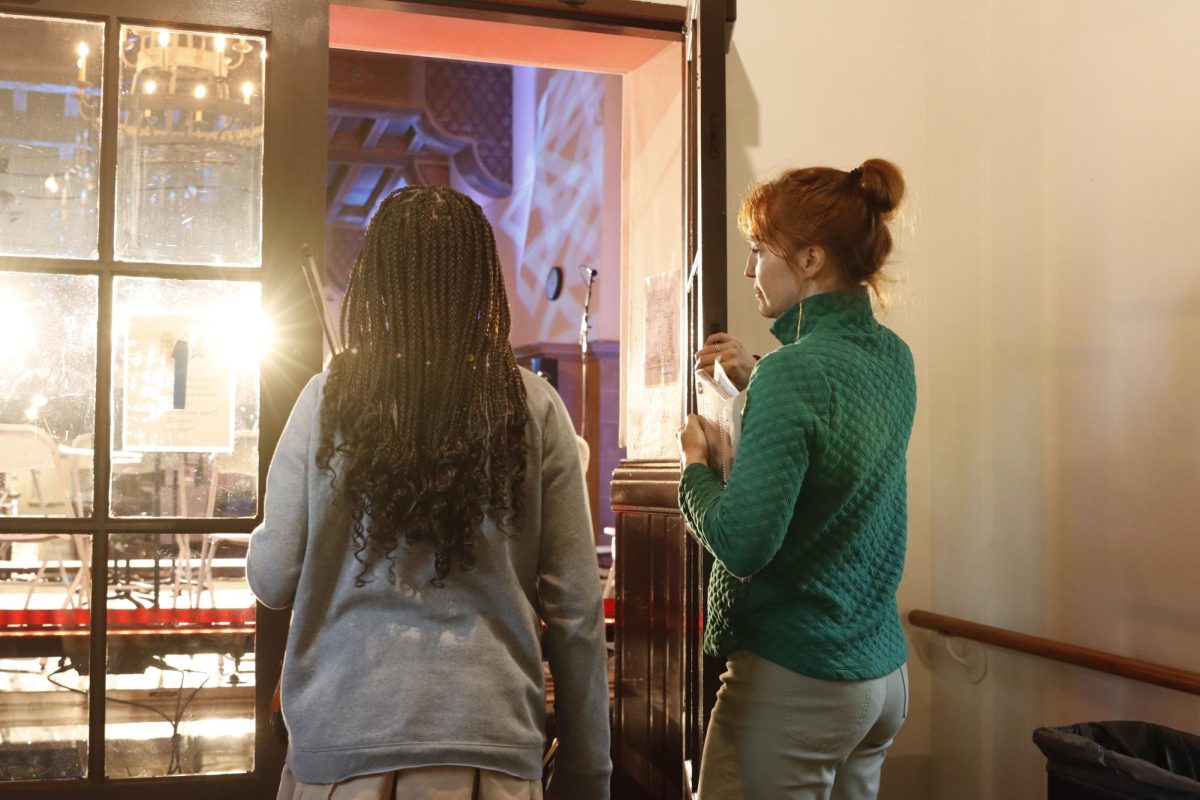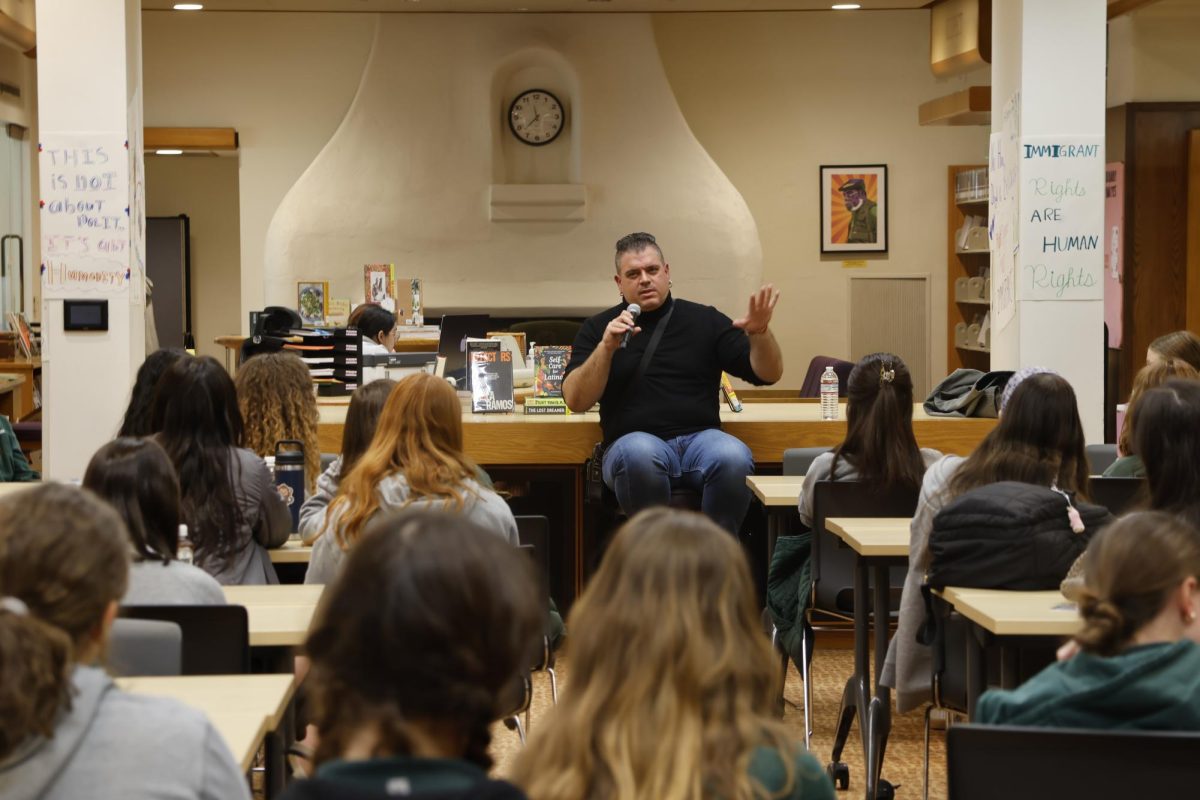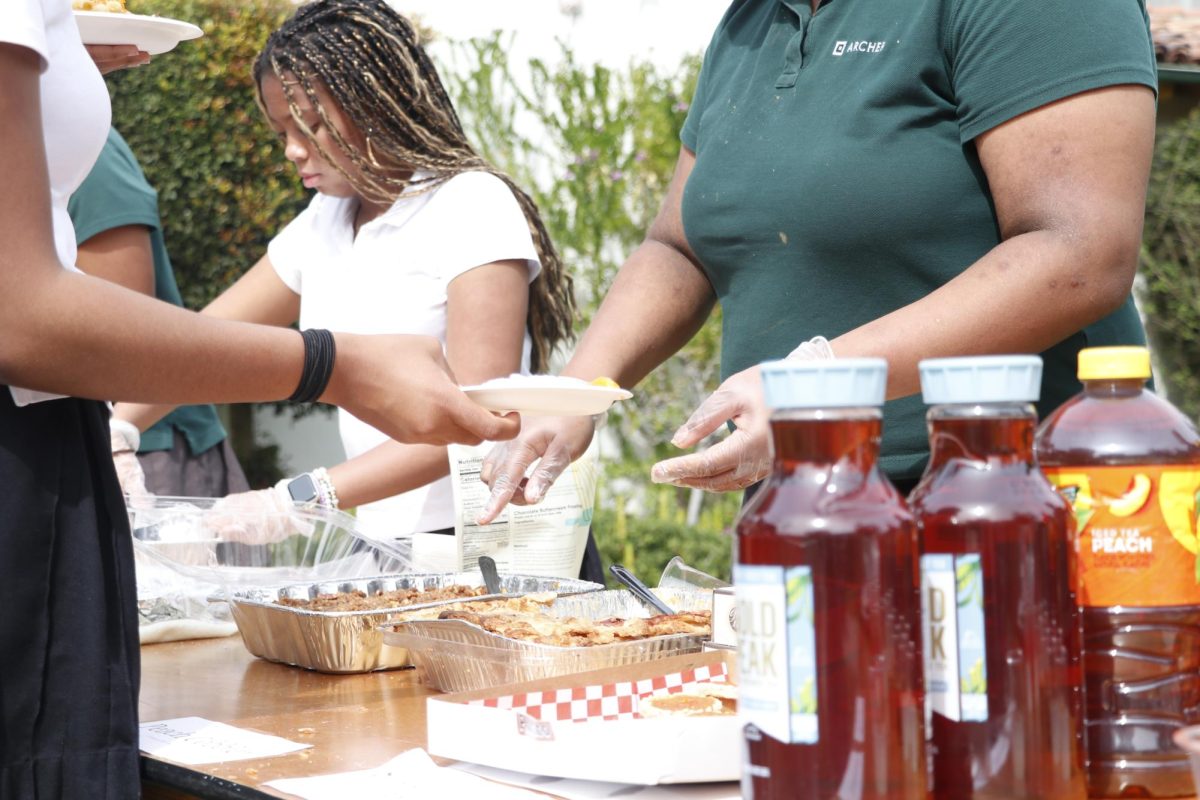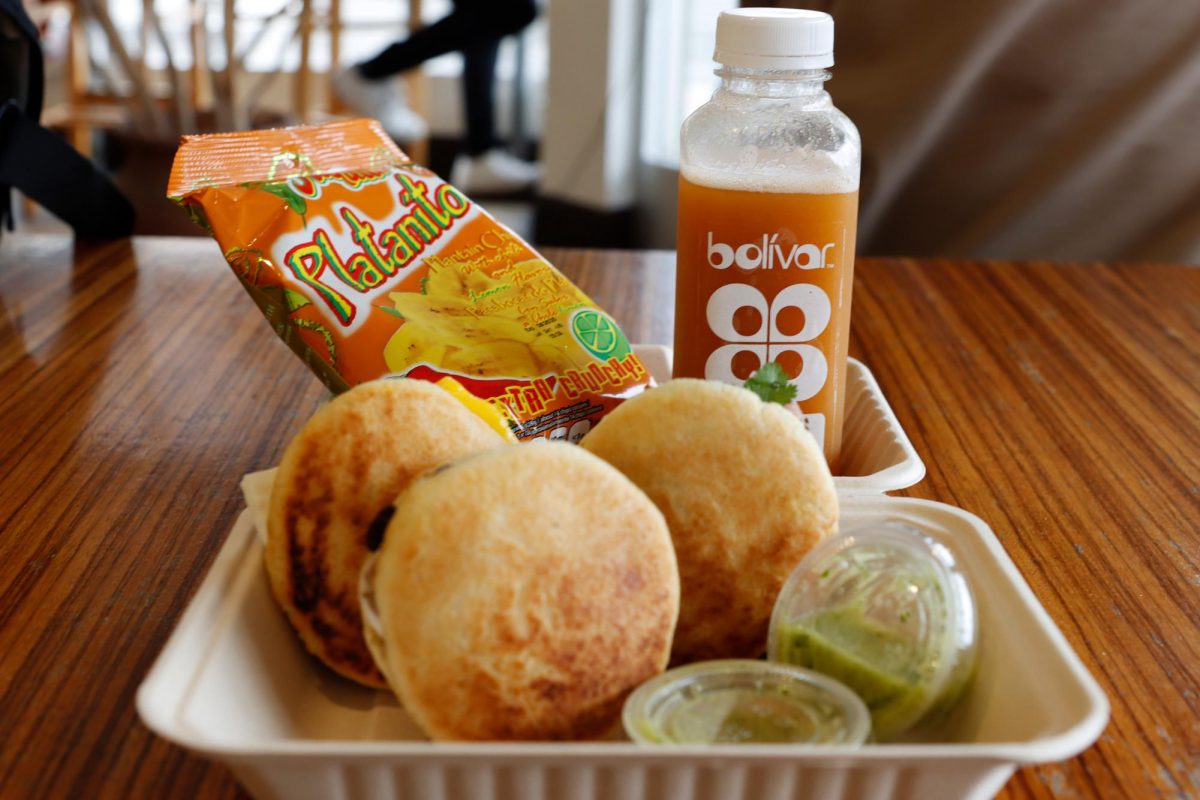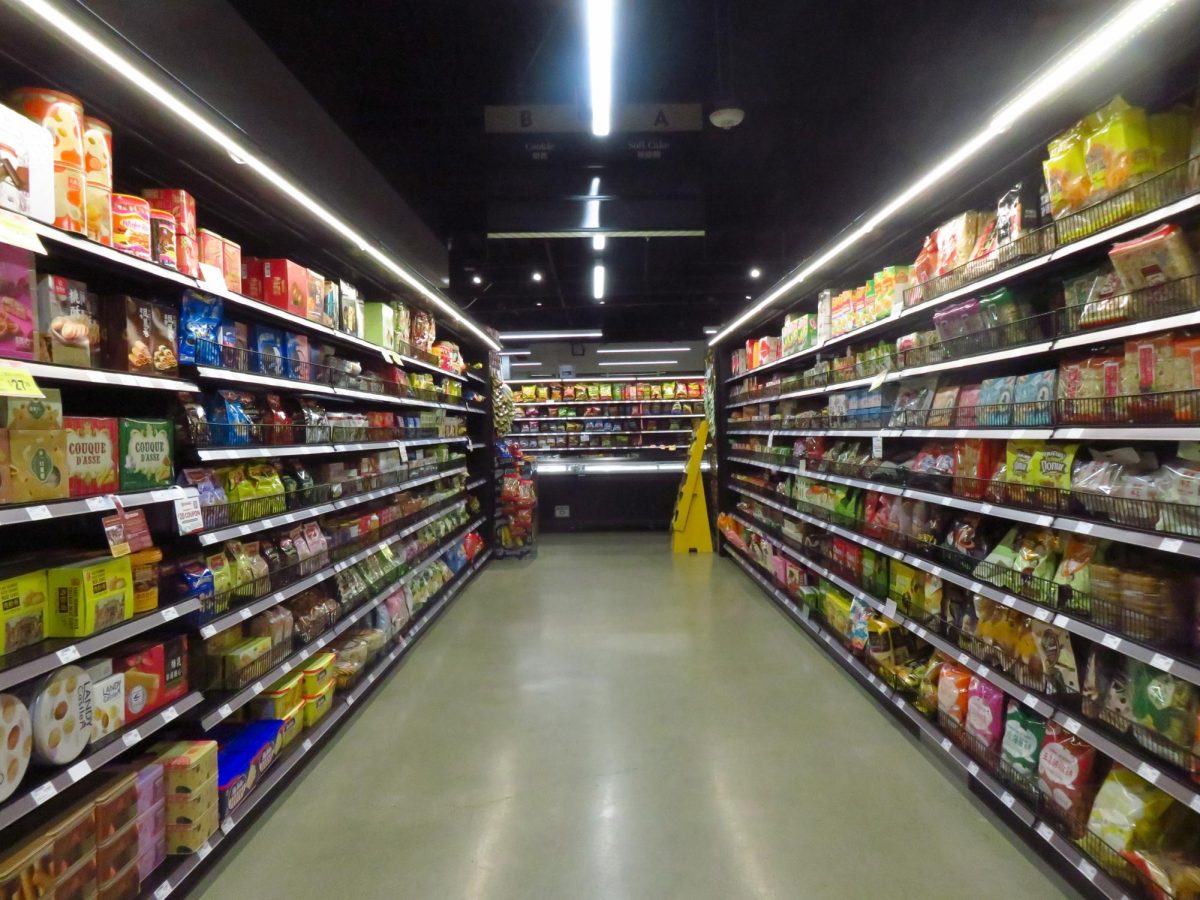When asked to picture Los Angeles, most Americans might visualize the brilliant billboards on the Sunset Strip in Hollywood, the flamboyant mansions of Beverly Hills and desperate paparazzi spying on sandy celebrities at Malibu beach. This is a curated version of the City of Angels, served to America through Tupac’s groovy “California Love” and glamorous singing actors in the cinematic “La La Land.” Despite these classy stereotypes, the real L.A. spans much farther, physically and culturally, than the bubble of the West Side.
The majority of Los Angeles is actually comprised of ethnic enclaves representing our immense foreign population: Over one in three Angelenos are immigrants. From Little India to Chinatown, L.A.’s ethnic enclaves have developed their own religious communities, micro-economies, foodie avenues and holiday festivals and are the heart of our city’s wealth and soul.
I’ve made it a point to explore these cultural neighborhoods by experiencing one of the most popular ways immigrants make a living upon arriving in the US: family restaurants, some passed down for generations. But I didn’t have to travel to Little Tokyo to discover some of the best Japanese food I’ve ever experienced. While hungrily driving on a dark South La Brea Avenue in Mid-Wilshire at 10 p.m., my dad slammed on the brakes and pointed at a flashy LED sign reading “Isa Ramen” above a little joint encased in white picket fencing, which I otherwise would have missed hidden next to a massive empty car wash.
Half-convinced it wasn’t even open, we parked in the car wash lot and opened the door to a tiny LED-lit room with three tables. A wall with a counter split the room in two, hiding what I assumed to be a kitchen because of the rich, brothy smell that floated through the air.
Some Angelenos would walk straight out in search of fancier menus and more spacious dining. But curious and understanding of the way immigrant-run eateries operate in big cities, I sat down eagerly; this setting was the perfect indication of good food. The six-page menu offered a variety of appetizers, curries, rice bowls, sushi and noodles, but I had to settle for the shop’s namesake — a steaming bowl of the Isa Ramen — partly due to the L.A.-standard “freezing” 50-degree weather. The polite, shy waitress wrote down my order and scribbled down a Sapporo Ramen for my dad.
While waiting for the food, I walked up to the wall counter and peered through the tissue box-sized square cutout used to serve food. A picturesque galley kitchen sat overwhelmed with boiling pots and sizzling pans; when I asked the Japanese chefs what they were doing, they pointed to different meat broths, explaining that the bones had been simmering all day. For all of you non-chefs out there, this is the ramen jackpot.
The waitress arrived with two GIANT steaming bowls of ramen, two pairs of wooden chopsticks and two plastic broth spoons. The first salty sip of the Isa Ramen broth warmed my whole body. Besides the rich, silky broth, the noodles, not often critiqued by ramen-eaters, were perfectly chewy, something many lack when settling for instant ramen. The Sapporo ramen broth was less enlightening, as it had a milder miso flavor than my meaty soup, but the noodles shined just as brightly. On both, we enjoyed toppings of cooked meat, crunchy bean sprouts, green onions, tangy ginger and jammy ramen eggs.
To be completely honest, I had no idea the contents of those soups when I ordered them. Their website notes everything has a chicken broth base, though the Isa broth had hints of fish and pork pieces, and the Sapporo broth had miso and chicken pieces. Obviously, customers can simply ask about the ingredients, especially people with food allergies, but my dad and I were taking the “surprise me” route on our late-night adventure.
Upon returning home and sleeping off my full stomach, I deep-dived on the internet into authentic ramen culture in Japan, trying to measure up the experience with Isa. Turns out our experience with Kansui (alkaline solution) noodles, slurping customers, limited seating and the four main types of ramen — miso, shio (salt), shoyu (soy sauce) and tonkotsu (pork broth) — was admirably authentic.
So, to all the west-siders choosing their next night out: You can travel around the entire world just in Los Angeles. Pop your neighborhood bubble and drive 15 miles in a new direction to try something you’ve never eaten before; you may discover your new favorite meal or meet a friend to last a lifetime. The next communities on my list are Little Armenia and Tehrangeles, but I will be heading back to Isa Ramen, this time bringing more hungry friends ready for a life-changing broth.
-
Service
-
Quality of Food
-
Ambiance
-
Affordability
Summary
Isa Ramen is the perfect late-night restaurant joint to seek refuge after a fun night out. Hidden next to a giant car wash in Mid-Wilshire, its cozy lighting, galley kitchen and delectable bowls of steaming ramen — with rich broth that has been boiled all day — will introduce you to the Japanese food culture of Los Angeles.






